Beyond San Francisco’s famed gateways, remarkable Chinese and pan-Asian enclaves thrive across the United States. These neighborhoods pulse with steamy dim sum carts, neon-lit bakeries, and weekend markets where languages mingle as easily as aromas. Whether you’re chasing regional noodles or historic associations, each district offers a distinct rhythm shaped by migration, community, and food. Use this guide to plan your next edible, walkable, culture-forward adventure.
Manhattan Chinatown (New York, NY)

Manhattan’s Chinatown unfolds along Canal, Mott, and East Broadway with dense storefronts, herbal shops, and dim sum institutions humming from morning to late night. Side streets brim with produce vendors and awnings lettered in multiple Chinese languages, creating an immersive, market-first experience. The neighborhood rewards wandering: turn a corner for wonton soup, another for bakeries perfumed with sesame and roast pork. Tight blocks, layered signage, and foot-friendly corridors make tasting, browsing, and people-watching effortless.
Flushing (Queens, NY)

Flushing is a multilingual culinary powerhouse centered on Main Street and Roosevelt Avenue, where food halls bustle beside bubble tea lines. Regional Chinese cuisines thrive here, from Dongbei skewers to Shaanxi hand-pulled noodles, alongside pan-Asian courts packed with late-night snacks. The scale is dazzling: countless storefronts, basement eateries, and second-floor bakeries reward curious eaters. Come hungry, bring cashless payment, and plan to sample widely—this is a flavor atlas condensed into a neighborhood.
San Gabriel Valley (Monterey Park / Alhambra / San Gabriel), CA
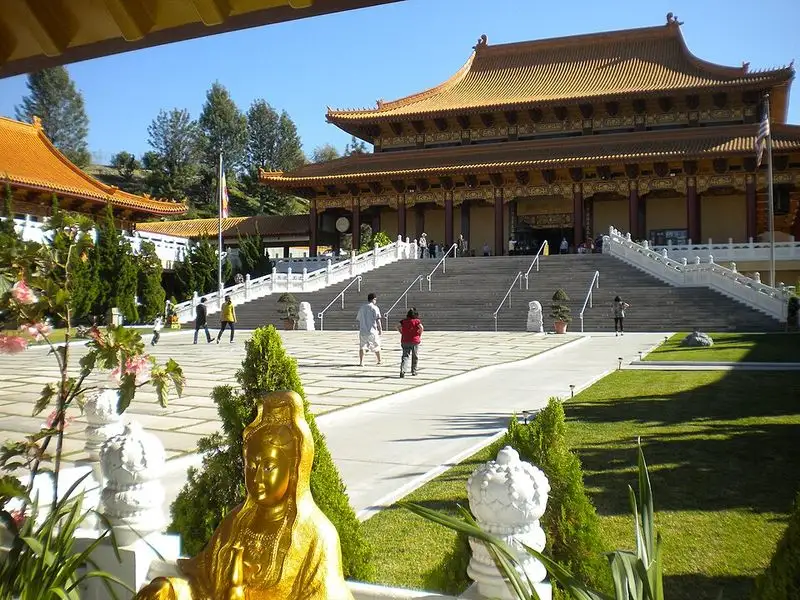
East of downtown Los Angeles, the San Gabriel Valley spans suburban boulevards dense with Chinese and Taiwanese restaurants, bakeries, and seafood markets. These ethnoburbs redefine the dining destination: think sprawling banquet halls, late-night cafes, and regional specialists in every plaza. Driving is the norm, but each stop offers a deep dive into tradition and innovation. Weekend lines form for dim sum, beef rolls, and boba, making the SGV a must for serious eaters.
Chinatown (Los Angeles, CA — Historic Chinatown)

Los Angeles’ historic Chinatown blends mid-20th-century plazas, iconic gates, and family-run restaurants with contemporary cafes and galleries. The open plazas and courtyards create a park-like flow, inviting slow strolls between noodle houses and art spaces. You’ll find roast duck windows, herbal shops, and modern tea bars within steps of classic neon. Festivals and night markets energize weekends, while nearby transit makes this a convenient, photogenic stop for culture and comfort food.
Chinatown (Chicago, IL)
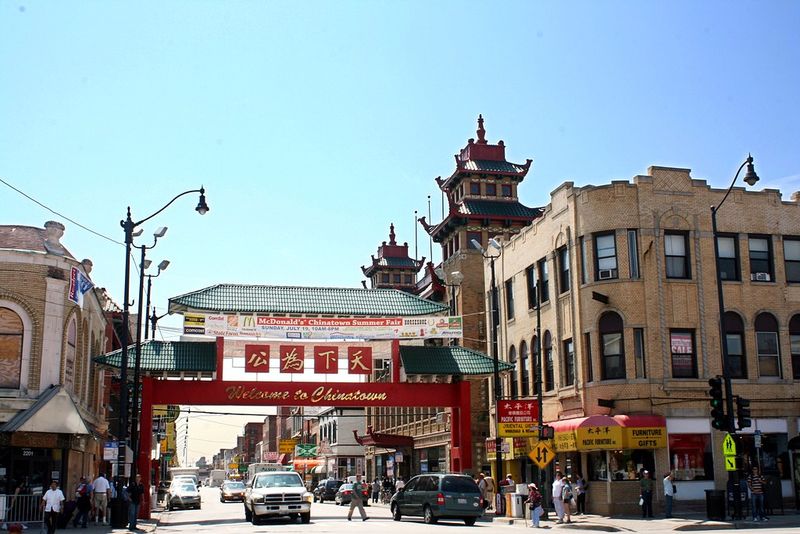
Chicago’s Chinatown centers on Wentworth Avenue, marked by a dramatic gateway and a lively run of family-style restaurants and bakeries. Here, brick commercial blocks meet community institutions—temples, associations, and cultural centers that anchor local life. Dim sum brunches, barbecue pork buns, and herbal teas make easy entry points for first-time visitors. On weekends, parades and festivals bring drums, lion dances, and crowds, transforming the streets into a joyful cultural corridor.
Chinatown–International District (Seattle, WA)
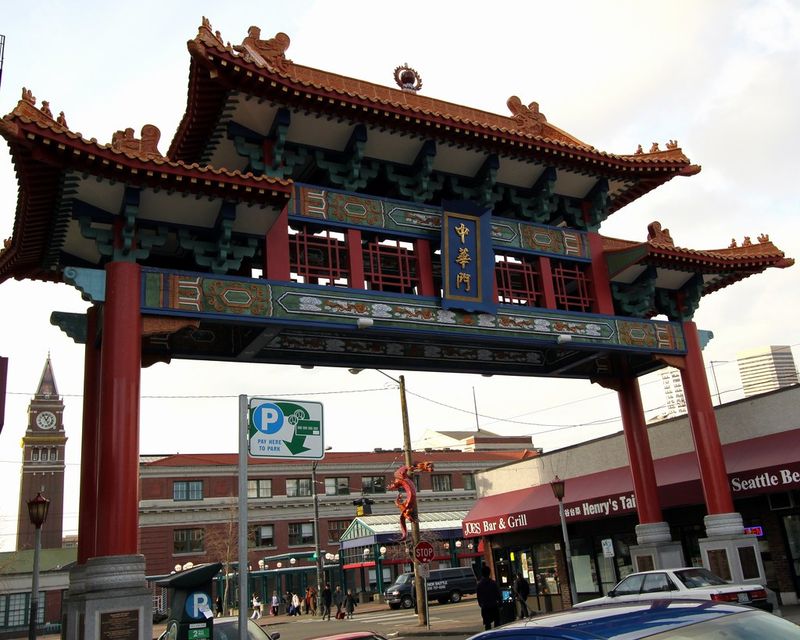
Seattle’s Chinatown–International District concentrates Chinese, Japanese, and Vietnamese businesses along Jackson and 12th Avenue S. The historic Chinatown Gate signals a compact walk of dumpling shops, pho counters, and specialty grocers. Museums and cultural centers deepen context, while teahouses and bakeries offer restorative pauses. On drizzly days, neon signs reflect on wet sidewalks, and the district’s cross-cultural rhythm feels especially vivid and inviting.
Chinatown (Boston, MA)
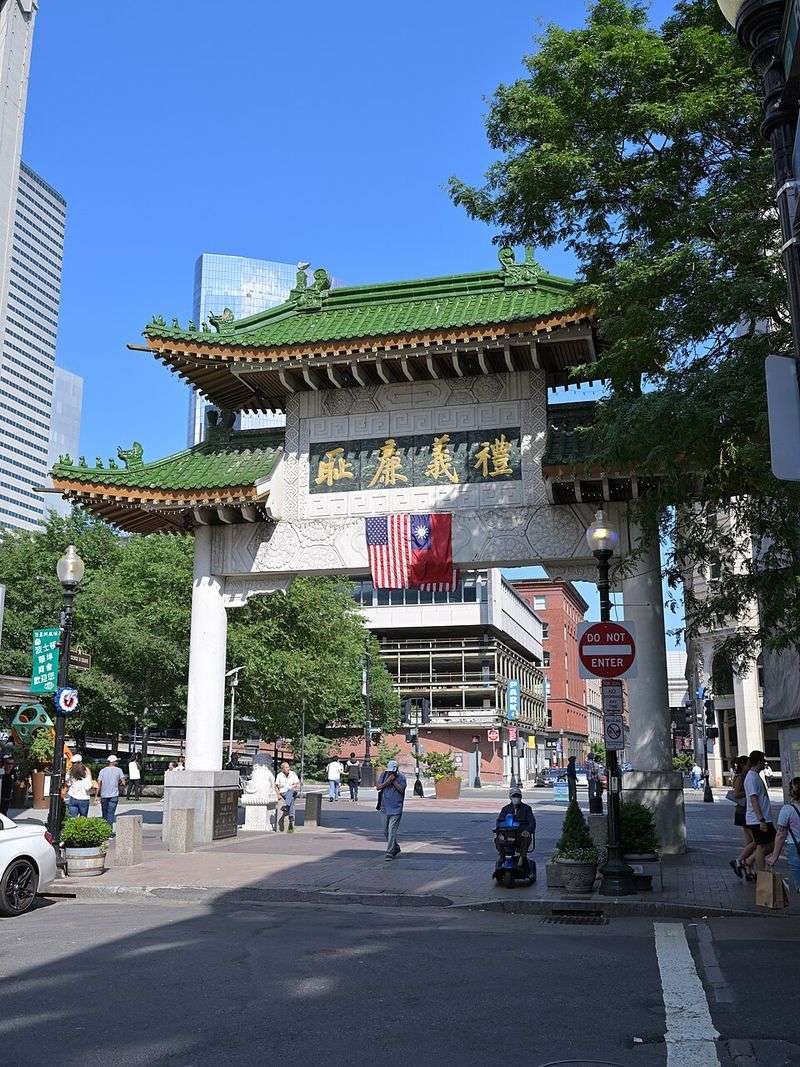
Boston’s Chinatown sits steps from downtown, threading narrow streets with family-run restaurants and bakeries perfumed by soy, sesame, and steamed buns. Its intimate alleyways and petite storefronts create a neighborhood feel amid skyscrapers and theaters. Slurp hand-pulled noodles, share bamboo baskets of shumai, then wander for egg tarts and herbal desserts. The compact layout makes it perfect for a progressive meal, with historic associations adding cultural depth.
Chinatown (Philadelphia, PA)
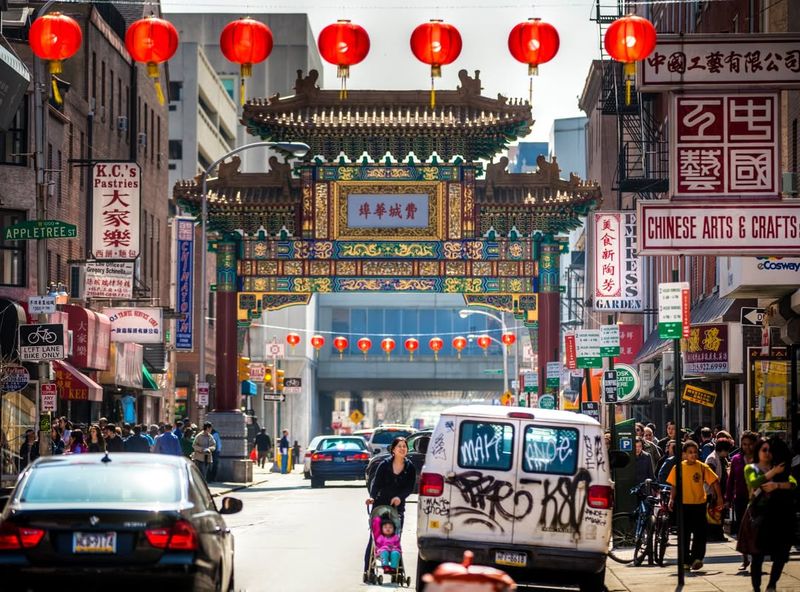
Philadelphia’s Chinatown gathers around 10th and Arch Streets beneath the colorful Friendship Gate. Restaurants range from classic dim sum to hand-pulled noodle shops, flanked by bakeries and bubble tea counters. Community services and cultural events keep the neighborhood thriving, while Center City sits an easy walk away. Expect lively weekends, street festivals, and late-night bites that capture the city’s energy in a few compact blocks.
Chinatown (Honolulu, HI)
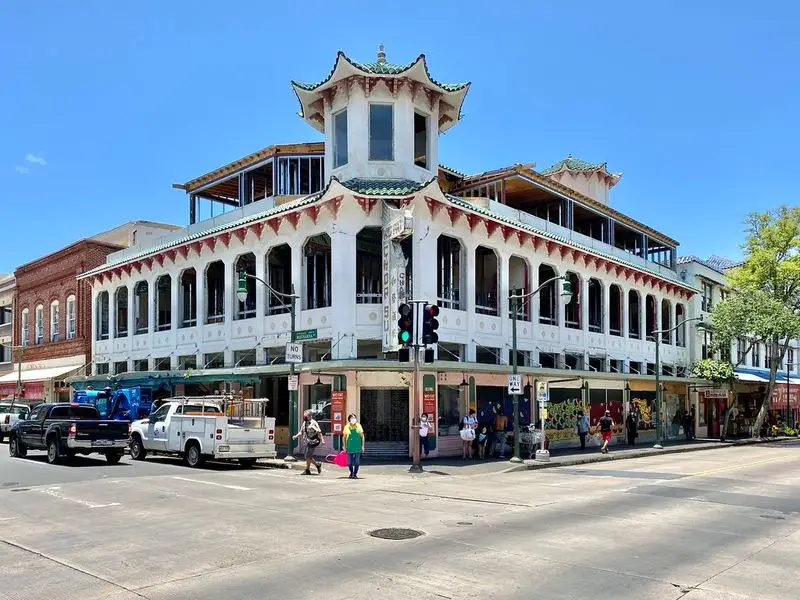
Honolulu’s Chinatown, near downtown and Kekaulike Market, blends Chinese shops with Hawaiian and Filipino businesses in a tropical, open-air setting. Expect island produce—papaya, longan, and greens—alongside roast meats and dim sum. The Pacific context shapes flavors and festivals: Chinese techniques meet local ingredients, and night markets radiate island energy. Art galleries and bars add after-dark draw, making it a day-to-night urban escape.
Chinatown (Oakland, CA)

Oakland’s Chinatown sits by downtown and Lake Merritt, anchored by produce markets, herbal shops, and bustling dim sum parlors. It’s a daytime powerhouse: sidewalk stalls brim with greens, dried seafood, and tofu, while bakeries keep steady lines. The neighborhood’s practical, community-first vibe favors essentials over spectacle. Walkable blocks and nearby transit make it easy to graze through noodles, buns, and congee between errands or museum visits.
Chinatown (Washington, DC)

Washington, DC’s Chinatown is marked by the dramatic Friendship Archway on H Street NW, where legacy Chinese restaurants meet contemporary venues. While the footprint has evolved, stalwarts still serve dim sum, noodles, and regional specialties. The area’s central location makes it convenient for pre-concert meals or quick bites before museums. Look for bilingual signage, hidden dessert shops, and long-running family businesses that preserve the neighborhood’s flavor.

